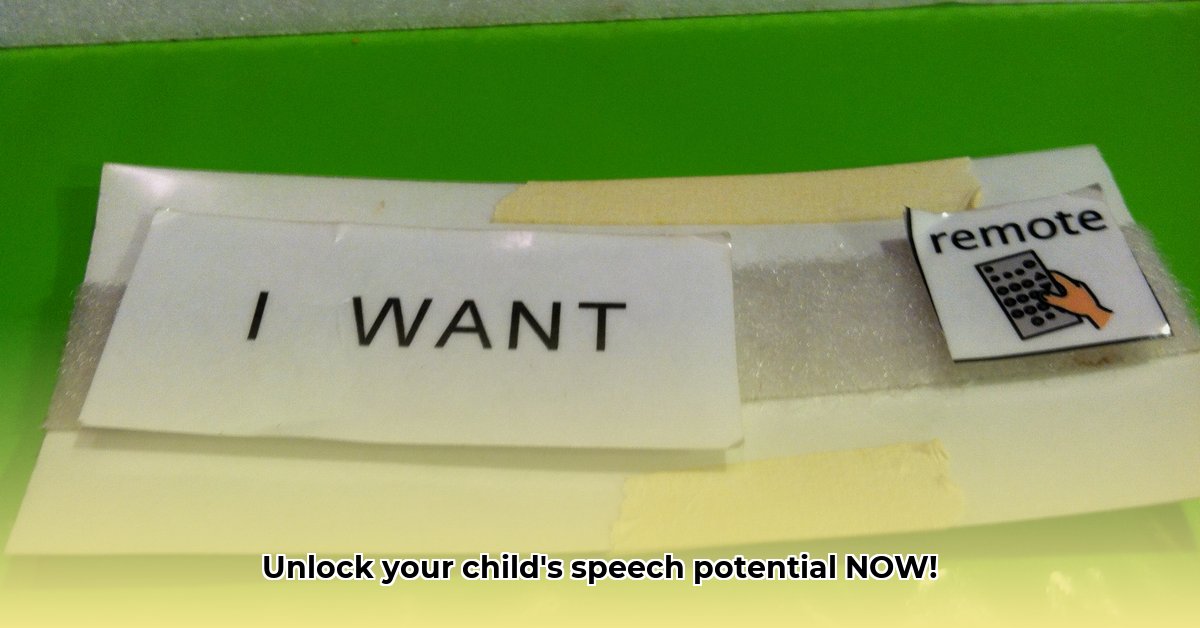
Carrier Phrases: A Practical Guide for Enhancing Child Speech
Is your child struggling to form sentences? Carrier phrases, short sentence starters like "I want a..." or "I see a...", can be incredibly helpful tools in speech therapy, but using them effectively requires careful planning. This guide provides a balanced perspective, highlighting both their benefits and potential drawbacks, and offers actionable steps for parents, educators, and speech-language pathologists (SLPs). We'll cover how to use these phrases appropriately, avoiding overuse that might hinder language development. The ultimate goal? Empowering your child to communicate clearly and confidently.
Understanding Carrier Phrases: The Basics and Their Potential Pitfalls
Carrier phrases provide a structure, a framework, for children to build upon when constructing sentences. They act like training wheels on a bicycle—helpful initially, but meant to be removed once proficiency is achieved. These phrases are often used in speech therapy to encourage sentence formation and clearer pronunciation. However, over-reliance on them can limit vocabulary growth and hinder spontaneous communication. Think of it like only using one type of LEGO brick; you can build something, but it will be limited in scope and creativity. Similarly, overusing "I want..." may mask underlying vocabulary challenges, as the focus shifts to repeating a familiar phrase rather than learning new words.
How to Use Carrier Phrases Effectively: A Step-by-Step Guide
The key to success lies in balance: using carrier phrases strategically to support, not stifle, language development. Here's a proven, step-by-step approach:
Gradual Introduction: Begin with one or two simple phrases, introducing more as your child gains comfort and proficiency. Don't overwhelm them!
Encouraging Engagement: Make learning fun! Integrate carrier phrases into games, songs, and daily routines to increase engagement and motivation. The more engaging the activity, the more likely your child will use the phrases.
Embrace Diversity: Avoid repetitive use of the same phrase. Introduce a variety of carrier phrases, such as "I like...", "I have...", "I need...", to broaden language development and encourage versatility.
Strategic Phase-Out: As your child progresses, gradually reduce reliance on carrier phrases. Encourage spontaneous sentence construction, offering gentle guidance and positive reinforcement.
Collaboration with Professionals: Regularly consult with a speech-language pathologist (SLP). They can monitor progress, adapt strategies, and provide personalized guidance, ensuring the most effective approach for your child's specific needs.
Practical Applications: A Guide for Stakeholders
Effective use of carrier phrases requires a collaborative effort. Here's a breakdown of roles and responsibilities for different stakeholders:
| Stakeholder | Short-Term Goals | Long-Term Goals |
|---|---|---|
| SLPs | Monitor for overuse; integrate core vocabulary training; adjust phrase usage based on individual child needs. | Guide the transition to spontaneous speech; develop personalized communication plans; monitor progress closely. |
| Parents | Use carrier phrases sparingly; introduce variety; create fun learning activities; actively participate in therapy. | Encourage diverse language through reading, interactive play, and ongoing support from the SLP. |
| Educators | Collaborate with SLPs; adapt classroom activities to support language development; offer positive reinforcement. | Track progress; identify communication challenges; contribute to holistic language development. |
Beyond Carrier Phrases: A Holistic Approach to Speech Development
Remember, carrier phrases are a tool, not a solution. They provide temporary support, but the ultimate goal is to foster fluent, spontaneous communication. A balanced approach combines carrier phrases with core vocabulary training, focusing on high-frequency words that form the basis of many sentences. Regular monitoring and adapting strategies ensure that the approach remains effective. Over-reliance on carrier phrases can limit vocabulary growth and spontaneous speech. The focus should be on helping the child to communicate their thoughts and ideas in a natural and meaningful way.
Key Takeaways: Actionable Steps for Success
- Balanced Approach: Use carrier phrases strategically, not as a crutch.
- Collaborative Effort: Work closely with SLPs, parents, and educators.
- Ongoing Monitoring: Continuously assess progress and adapt strategies as needed.
- Positive Reinforcement: Encourage and celebrate your child’s progress.
- Focus on Fluency: The goal is natural, spontaneous communication.
By understanding the benefits and limitations of carrier phrases and employing a balanced, collaborative approach, you can significantly improve your child's communication skills and help them reach their full language potential.